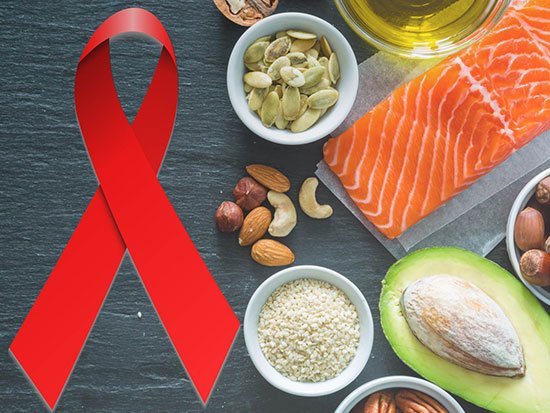> Food and nutrition security and HIV: how to ensure food and nutrition security are integral parts of HIV programming
In 2008, approximately 33.4 million people were living with HIV (PLHIV) globally, of whom an estimated 2.1 million were children under 15, there were 2.7 million new infections and 2 million people died of AIDS-related causes. While HIV knows no socioeconomic boundaries, it may further compound existing inequalities given the vast majority of PLHIV in the world live in low- and middle-income countries. Approximately 1 billion people globally are undernourished (i.e. they do not have access to enough food to meet their energy needs), 195 million children under 5 are stunted and an estimated 26 million are wasted, and the HIV epidemic overlaps with populations already experiencing low dietary quality and quantity, which has a particularly serious impact on the most vulnerable groups, including children and pregnant and lactating women. In addition, more than 97% of new infections are in low- and middle-income countries. Most notably, sub-Saharan Africa (SSA), where more than 40% of the population lives on less than one US dollar per day, accounts for more than two thirds (67%) of all PLHIV and for nearly three quarters (72%) of AIDS-related deaths in 2008.
